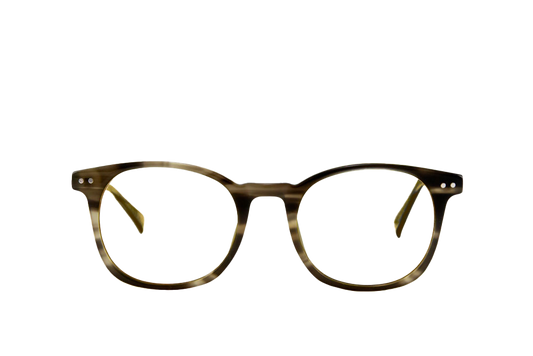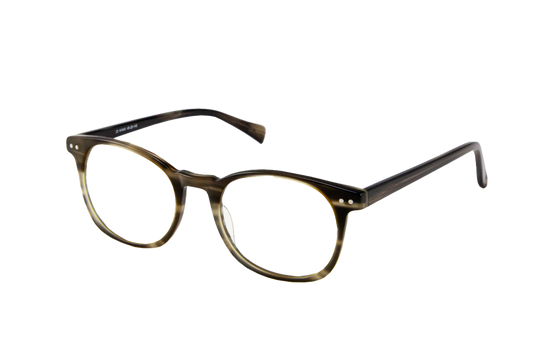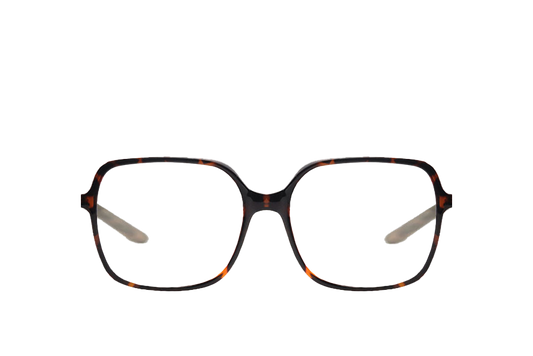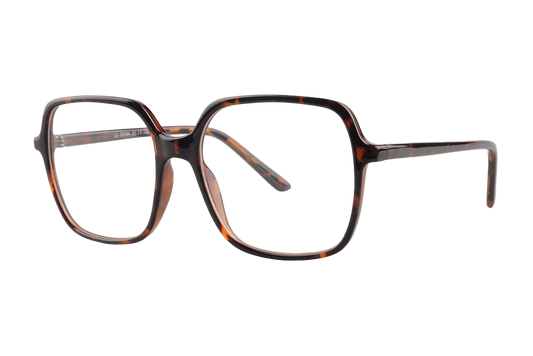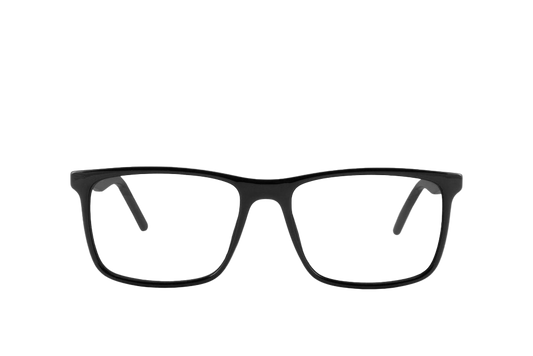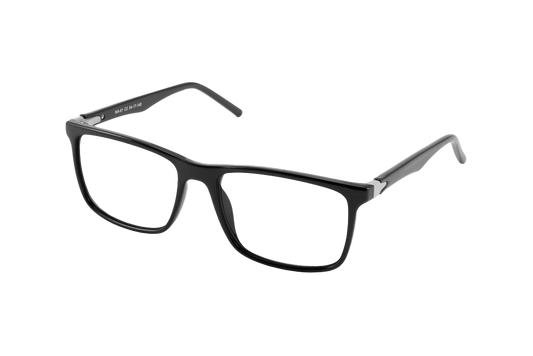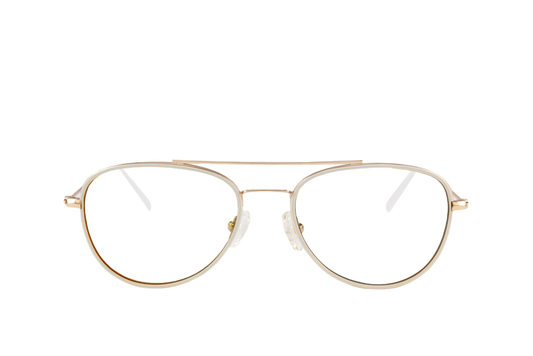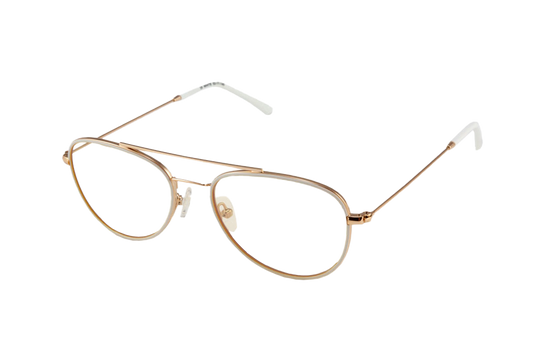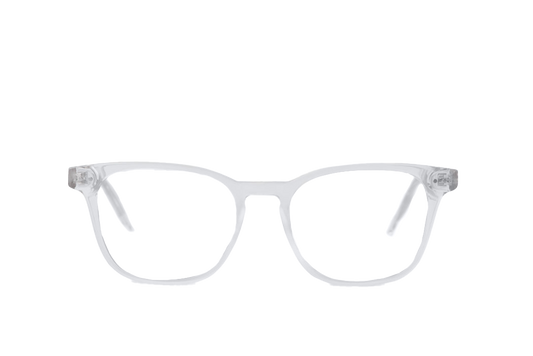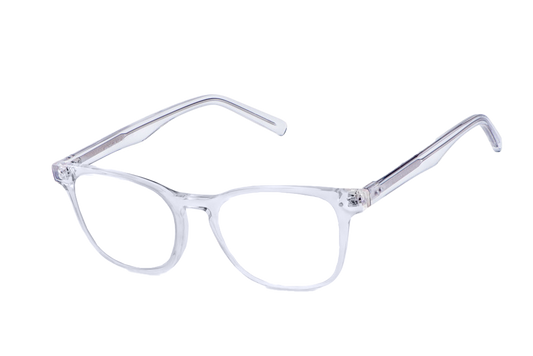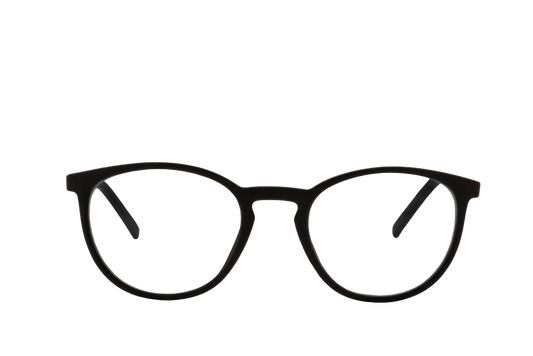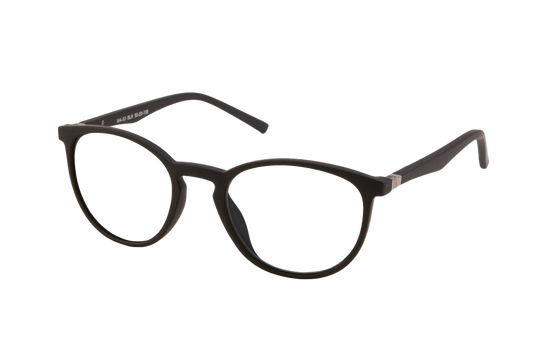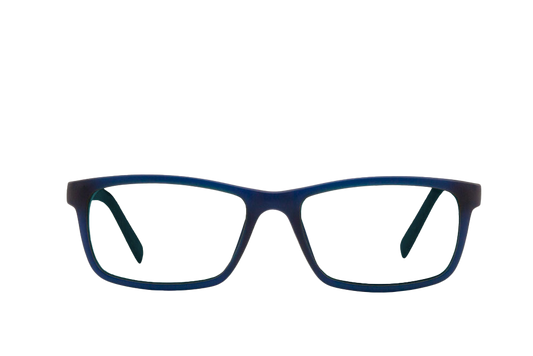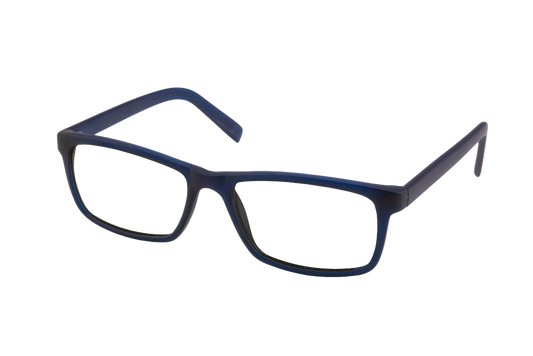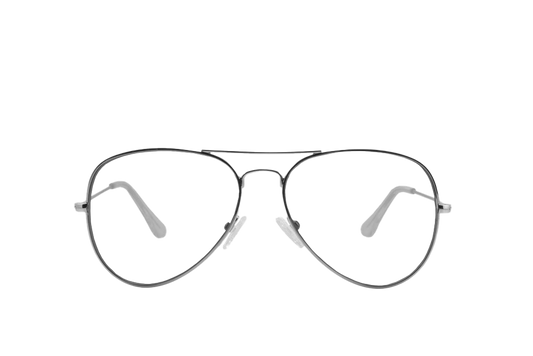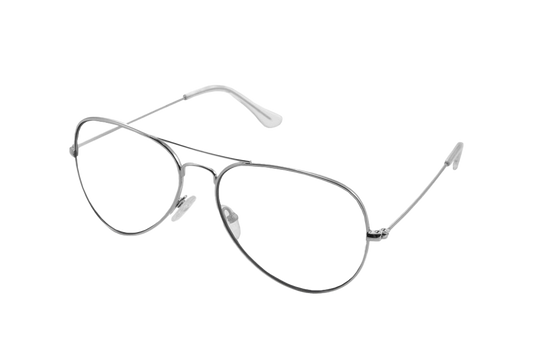Technology is everywhere, and digital devices are the cornerstone of modern society. Whether it is a desktop computer, a laptop, or a smartphone, you’re bound to find one in every home — if not in everyone's pocket.
As the prices of these devices become more affordable and the internet becomes more accessible, more and more people are spending most of their waking hours staring at screens. In fact, it is estimated that the average American looks at their smartphone 344 times per day!
As a result, there is a growing concern among both health professionals and everyday consumers that this amount of screen time is bad for our eyes. While the research to support this claim is not enough, many people have first hand experience of the effects of digital device usage.
In order to enjoy technology while still maintaining the health of your eyes, you need to learn how to protect your eyes from screens. Let’s discuss why screens can be harmful, symptoms of eye strain, and how to protect eyes from computer screens.
Can Looking at a Phone Screen Be Harmful?
The short answer is yes, excess screen time can adversely affect the eyes. Keep in mind that humans weren’t made for sitting for hours, staring at a screen. For this reason, the far reaching effects of phone screens are still being studied and are not fully known.
However, what we do know is that too much screen time affects the eyes, causing a condition known as digital eye strain, computer vision syndrome, or “screen eyes.” These terms were coined when users of screened devices started experiencing symptoms such as blurry vision, headaches, and dry eyes.
Symptoms of Eye Strain from Screens
The symptoms of digital eye strain from phones can vary depending on different factors, such as an individual's health status, length of exposure to the screen, and more. However, some common eye damage from cell phone use symptoms include:
Sore, tired, burning or itching eyes
The eyes have a protective film known as the tear film. This tear film is usually replenished every time you blink. The number of times you blink, known as blink rate, is what will determine the strength of this protective layer.
In regular outdoor activity, a person’s average blink rate is about 20 blinks per minute. However, during device use, the blink rate can drop to as low as 5 times per minute. This long exposure to air causes the tear film to evaporate, leading to dry, itchy eyes.
Watery or dry eyes
As discussed above, a poor blink rate during device use is one of the causes of dry eyes. When the eyes are dry, the tear glands usually produce tears to restore moisture levels on the eye’s surface. However in some cases, the tears are produced in excess leading to watery eyes.
Blurred or double vision
You may have noticed that when you focus on an up-close object, such as a finger or your phone screen, the surrounding objects become blurred. This phenomenon is known as peripheral defocus.
When you stare at a screen for a long time, the eyes get used to blurring far away objects. This is what causes many people to experience blurry vision after reading on phones.
Headache
Screens, while incredibly useful, are not enjoyable to use for a long period of time. The relative lack of definition, reduced level of contrast, and the reflections on the glass all make prolonged viewing quite difficult.
In order to focus on the items on a screen, the muscles around the eyes are repeatedly contracted and expanded for a long period of time, possibly leading to eye strain and discomfort, which in turn causes headaches.
Sore neck, shoulders or back
While sore limbs and joints are not directly related to eye damage from cell phone use, they are also effects of prolonged screen use. This is because the use of devices requires people to sit still for long periods, sometimes in uncomfortable positions. When a person is tired of staring at a screen, they tend to turn their necks or backs awkwardly in order to keep working while reducing the glare on their eyes.
Increased sensitivity to light
Photophobia, or light sensitivity, is related to another symptom of eye strain known as dry eyes. The lack of a complete tear film makes the eyes very irritable and sensitive to stimuli, such as light. The damaged tear film may also affect how light is processed as it enters the eyes, leading to photophobia.
Difficulty concentrating
As the eyes become uncomfortable and other symptoms such as photophobia and headaches arise, focus will inevitably decrease.
The glare from the screen as well as reflections of light become unbearable, making it hard to continue working on the computer. To get relief for your eyes, you are forced to take breaks frequently. This may lead to sub-par performance at work or in school.
How to Protect Your Eyes from Screens
So how are we supposed to cope when screens make up a huge part of our lives? Here are some proven ways you can prevent eye strain from phone or computer use.
Create a comfortable workstation
Strategically positioning yourself when using a computer or phone helps you to avoid straining your eyes, your neck, and your back. Here’s how:
- Make sure there is a good distance between your eyes and the screen — at least 20 inches (51 cm), which is about an arm’s length. If your computer monitor is large, place it further back.
- Adjust your screen to be 4 to 5 inches below your eye level. This positioning reduces glare by ensuring your eyes look slightly downward when viewing your screen. Additionally, in such a position, more of your eye is covered by the eyelids, reducing evaporation of the tear film and preventing dry eyes.
You can also research more on workplace ergonomics by reading this study.
Take regular breaks
- Follow a framework such as the 20-20-20 rule: every 20 minutes, look at an object at least 20 feet away for at least 20 seconds.
- Take a longer break of about 20 minutes after every 2 hours of screen time.
Ideally, the breaks should be taken outdoors, looking at nature or being exposed to natural sunlight. This is because natural light is good for your eyes, and the variation in dimensions of natural objects help to maintain your range of focus.
Use artificial tears
Artificial tears are eye drops that mimic the composition of natural tears. You can use them to moisturize your eyes when you feel they are dry and itchy. Keeping your eyes hydrated is important at any time of day, but it’s especially important during screen time.
Humidify dry rooms
Dry environments can lead to faster evaporation of the eye's protective film, which in turn leads to dry eyes and makes them more prone to irritation by the screen's glare. To prevent eye dryness, use a humidifier to increase the air moisture level of the room you're in.
Blink often
As we discussed above, a person’s blink rate significantly drops when staring at a screen. To combat the dryness that comes with a low blink rate, you have to consciously make yourself blink so that the tear film is replenished.
Use specialized glasses
Some glasses on the market are specifically designed to reduce glare from screens. These computer glasses are especially beneficial for people who work on computers at night and for extended periods.
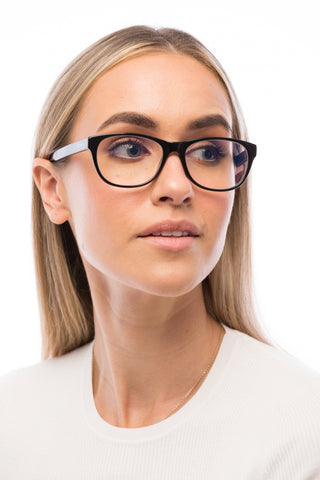
Drink plenty of water
The majority of the tear film of your eye is made of water. Thus, it is important to keep yourself hydrated in order to prevent dry eye and the irritation and sensitivity that comes with it.
Get regular eye exams
Our eyes go through a lot in gathering information from screens everyday. Consulting an eye doctor is important because they can let you know if you have or are developing any eye conditions. They can also give personalized recommendations on ways to protect eyes from computer screens.
Protect Your Eyes with BON CHARGE
A good workstation, frequent breaks, and teardrops are all part of how to prevent eye damage from phones and computers. However, eye protection using specially-made, blue light blocking glasses is the best solution for healthy eyes.
The team behind BON CHARGE has developed a range of high-quality glasses and EMF protection to keep your eyes safe during screen time. Browse our collection and find your perfect pair of blue light computer glasses today!






